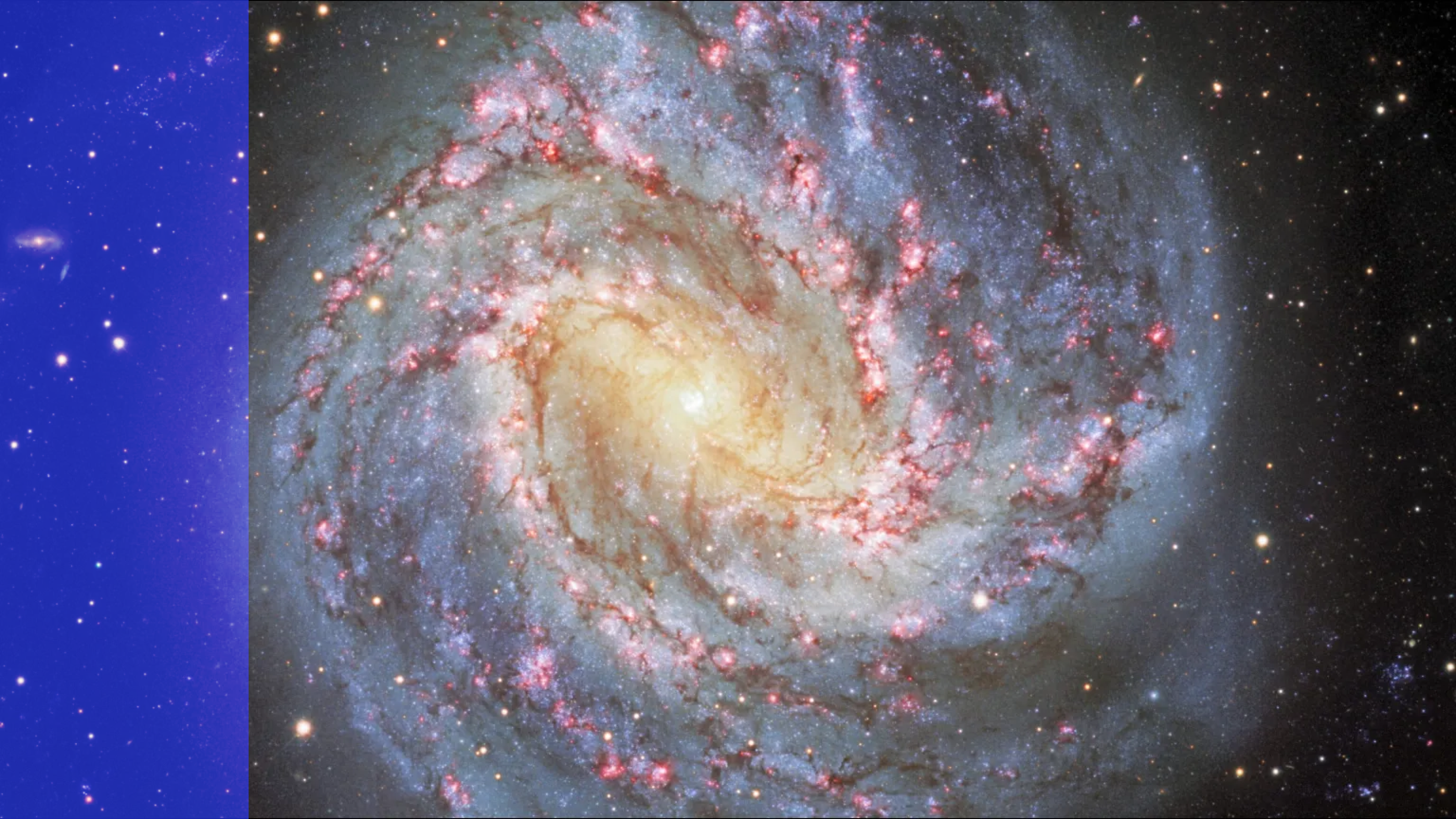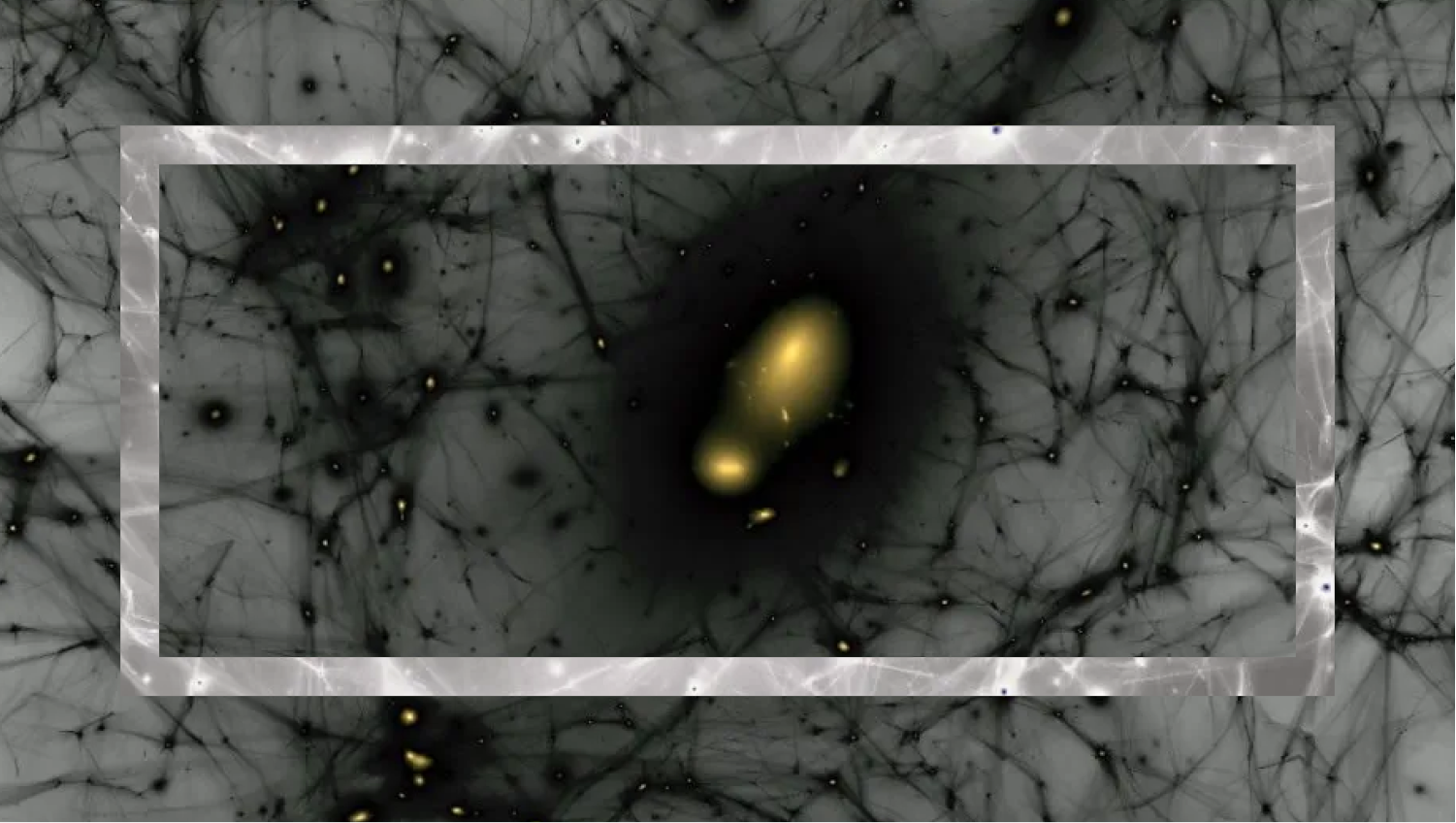If You Traveled Far Enough Through Space, Would You Return To Your Starting Point?
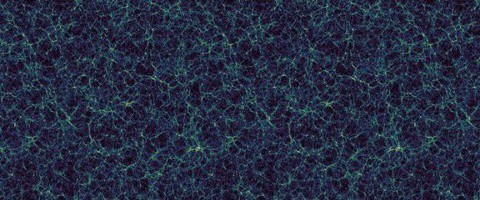
Could the Universe loop around on itself? And, if so, might an intergalactic journey bring you back to your home planet?
Back when people thought the Earth was flat, it was almost heretical to suggest that traveling in a straight line for a long enough distance would eventually bring you back to your starting point. But it’s true: travel about 40,000 kilometers (or 25,000 miles) in any one direction — over the mountains, oceans and any other terrain you ran across — and return you would to where you began. It makes you wonder if space could be the same way. If you got in a rocket ship and traveled fast enough for long enough, and didn’t ruin things by colliding with a distant star or galaxy, could you eventually return to where you started?
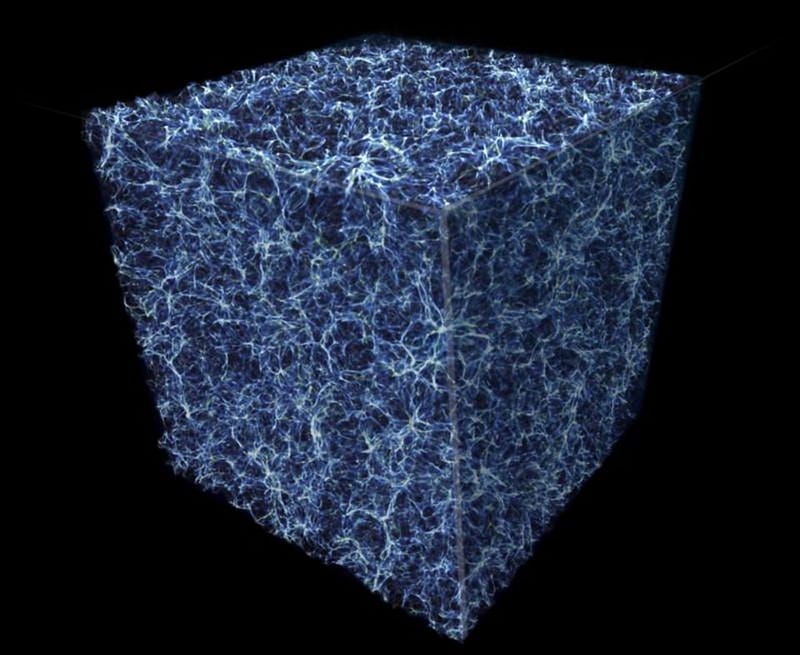
It’s not as crazy as it sounds. We might think that the Universe is infinite, going on forever in all directions, but the evidence we have for the size and shape of the Universe is very much finite. For one, it’s only been 13.8 billion years since the Big Bang, and so we can only see the amount of space that 13.8 billion years of light traveling through the Universe and winding up where we are can illuminate. For another, there are hundreds of billions of galaxies, all appearing younger in the distant past the farther away we look. Is it possible that one (or more) of them is an infant version of the Milky Way we grew up in?
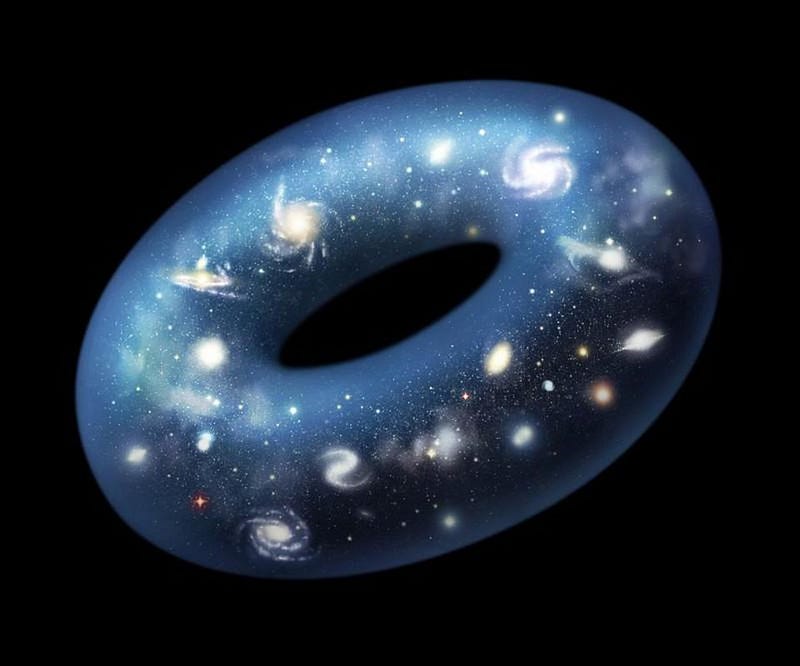
Finally, could it be the case, just as the Earth has two dimensions we can move in on it (north-south and east-west, but not up-and-down), that the Universe might be a higher-dimensional structure like a hypersphere or a hypertorus where the various dimensions are closed and finite, curving back on themselves?
If that were the case, if you could travel in a straight line for long enough, you would wind up right back where you started. If you didn’t age, perhaps you could even wind up seeing the back of your own head just by looking for long enough, as your eyes would eventually encounter the light emitted from your own origin. If the Universe were like this, how would we figure it out?
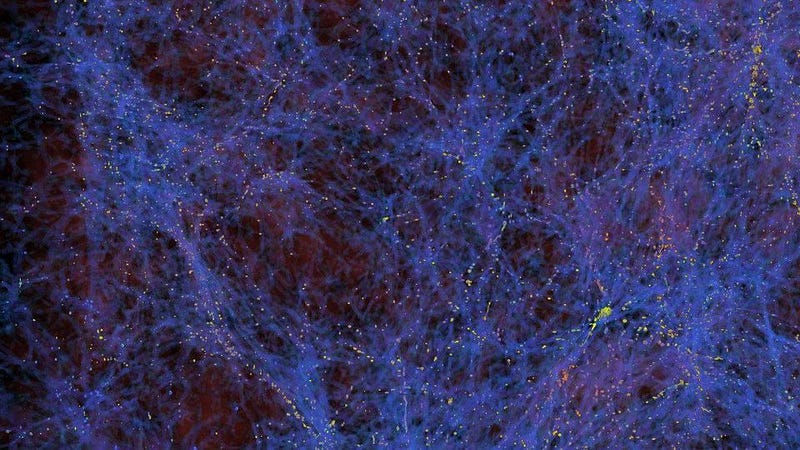
The key would be to look at the Universe on the largest scales and to look for locations where it appeared to have the same properties in different directions on the sky. A Universe that were finite and recurrent would imply that the same structures would appear over and over again in the Universe.
While most of the Universe would be difficult to identify as recurrent, since the finite speed-of-light means we’d be seeing the same objects at different stages in their evolution (like a younger Milky Way), there are always a slew of objects that would appear at the same stage of evolution at various locations. The large-scale structure of the Universe fails to show any structure like this, but there’s an even better place to look: the cosmic microwave background!
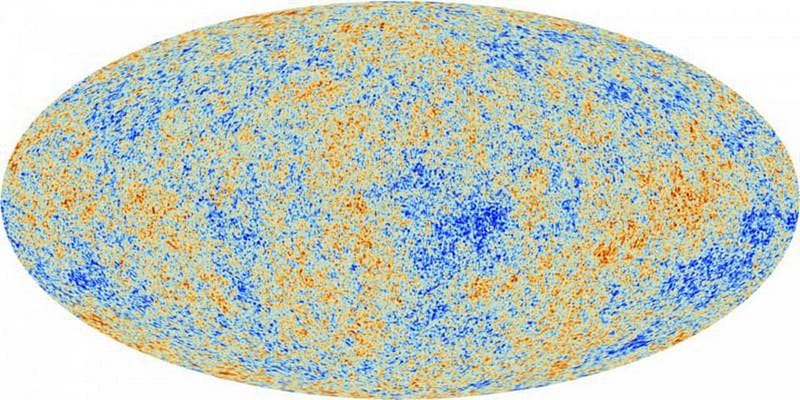
The fluctuations in the Big Bang’s leftover glow have a very particular pattern to them: they follow a bell-curve distribution, slightly larger in magnitude on larger scales than smaller ones, having been slightly processed by a few hundred thousand years of cosmic evolution before we observe them. But, despite the intricacies of that pattern, there’s something else: those fluctuations exhibit a random distribution of that particular pattern.
Many algorithms, generated by both humans and artificial intelligence, have been programmed to look for repetitive, non-random signals or for correlations between the fluctuations on various parts of the sky. If the Universe were finite and closed on itself — if parts of it repeated in other places — the cosmic microwave background would hold the evidence.
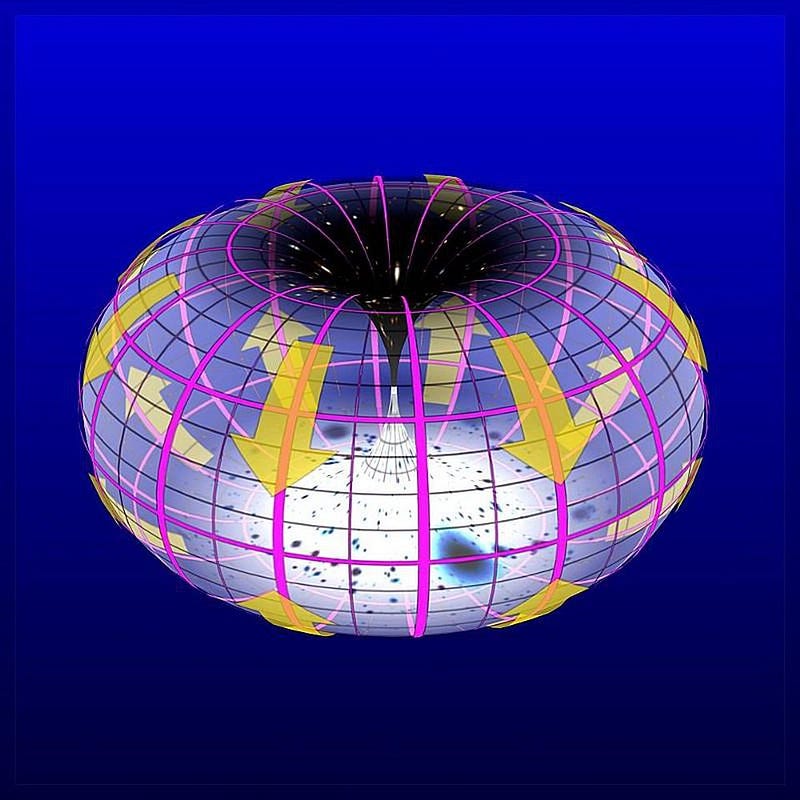
We’ve searched exhaustively for it, and that evidence simply isn’t there. But the lack of such a detectable, repeating structure doesn’t necessarily mean that the Universe doesn’t have this type of topology. It only means that if the Universe does repeat, if it is a closed hypersurface, and if we could theoretically re-emerge in the same spot after traveling in a straight line for long enough, it is so on a scale that’s larger than the part we can observe. Given that we’re limited to how far light can travel in 13.8 billion years, there’s plenty of room for this to still be the case.
But there’s a catch.
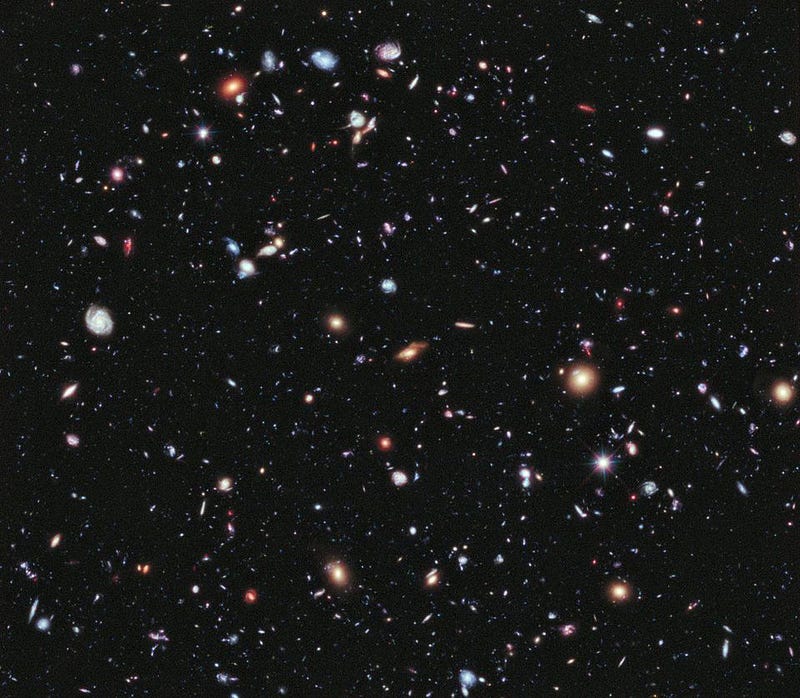
No matter how technologically advanced you imagine a human will someday be, so long as we’re limited by the speed of light we’ll never be able to find out, even if the Universe is really this way. Thanks to dark energy and the accelerated expansion of the Universe, it’s physically impossible to even reach all the way to the edge of today’s observable Universe; we can only get a third of the way there at maximum. Unless the Universe repeated on a scale that was less than about 15 billion light years in diameter today, we’d have no way to ever return to our original starting point by traveling in a straight line.
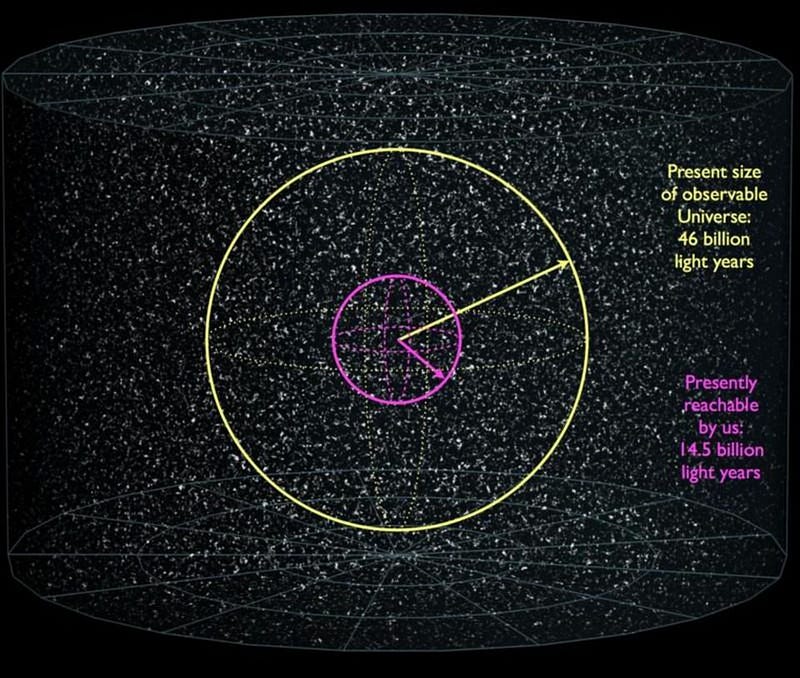
However, that doesn’t mean it isn’t possible for the Universe to be closed, finite, and for it to fold in on itself the way a Hypersphere or a Three-Torus does. It just means that the expansion of the Universe — accelerating as it is — forbids us from ever completing a single “circumnavigation” of the Universe and returning to our origin. Because of the combination of:
- the finite age of the Universe,
- the finite speed of light,
- the expansion of the Universe and
- the presence of dark energy,
we may never be able to know whether our Universe is infinite or not, and what its true topology is. We can only see what we have access to, and that doesn’t appear to be enough to be decisive concerning scales larger than what we can observe.
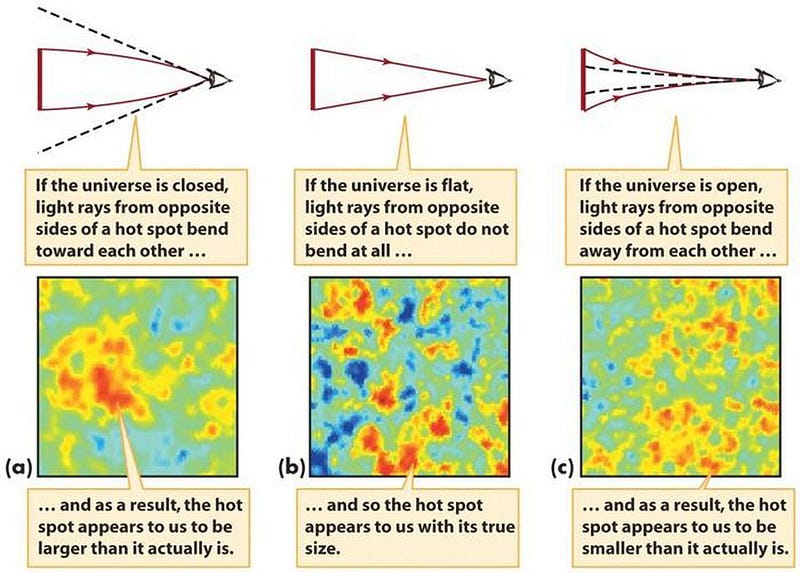
All we can see is the part of the Universe accessible to us, which allows us to place constraints on what its topology is allowed to be. As far as we can tell, it’s flat, non-repeating and possibly (but not necessarily) infinite. Perhaps, as time goes on, and more of the Universe slowly reveals itself to us, or as our curvature measurements get more precise, we’ll discover a departure from what we’ve concluded so far. After all, we’re limited by what we’re capable of observing, but those limits will continue to change as the Universe ages. The possibility of a Universe that’s vastly different from what we’ve concluded thus far might lie just beyond the cosmic horizon.
Ethan Siegel is the author of Beyond the Galaxy and Treknology. You can pre-order his third book, currently in development: the Encyclopaedia Cosmologica.


